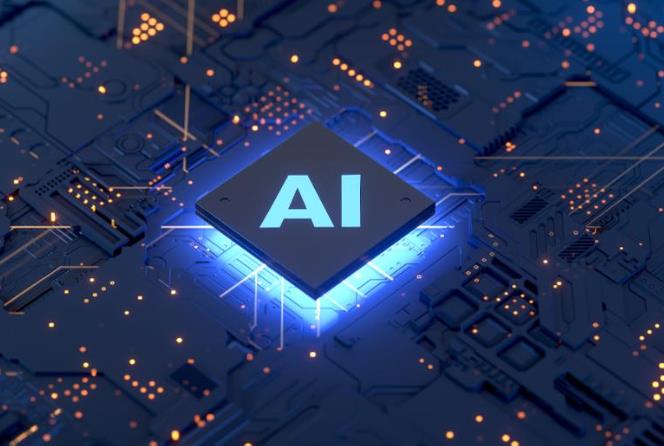Recently, at the NVIDIA GTC conference, CEO Jensen Huang released the latest generation of AI chip architecture Blackwell. Among them, the first Blackwell chip GB200 will use copper cable connection, which has become a highlight of this conference.
Regarding the advantages of copper cable connection technology, the biggest advantage lies in its high-speed data transmission capability. The GB200 chip's copper cable design allows for higher data throughput, which means faster processing and a smoother user experience. Second, copper cable connections use less energy to transmit the same amount of data and are relatively less expensive than traditional fiber optic or wireless connections. Therefore, as soon as the NVIDIA press conference was proposed, it received widespread attention from the market.
In terms of classification, high-speed copper cables can currently be divided into two categories: passive copper cables and active copper cables. Passive copper cable DAC, that is, direct-connect cable, is often used for data transmission between the same cabinet or adjacent cabinets in the data center. It is currently the mainstream product in the high-speed cable market. Active copper cable AOC is the evolution of passive copper cable. Because the transmission distance of the passive copper cable DAC is short, as the transmission rate increases, if the loss of the passive copper cable is too large to meet the interconnection length, active copper cables will be needed to extend the end-to-end The role of transmission distance.
On the demand side, the rapid development of data centers has triggered the demand for high-speed cables. Statistics show that global data center capital expenditures will be US$241 billion in 2022, an increase of 15%, and the total scale of computing power has grown at an average annual rate of more than 25% in the past five years. Sales of high-speed copper cables are growing as server connections and as interconnects in decoupled switches and routers. The agency predicts that the compound annual growth rate of high-speed copper cables will be 25% from 2023 to 2027. By 2027, the shipment volume of high-speed copper cables is expected to reach 20 million, and the market space of tens of billions is expected.
At the same time, the demand for high-speed copper cables for NVIDIA GB200 chip is expected to increase significantly in the future, and copper cables for chip have extremely high material requirements. With the increased volume of GB200, the demand for high-end copper cables + high-speed connectors is expected to increase significantly.

